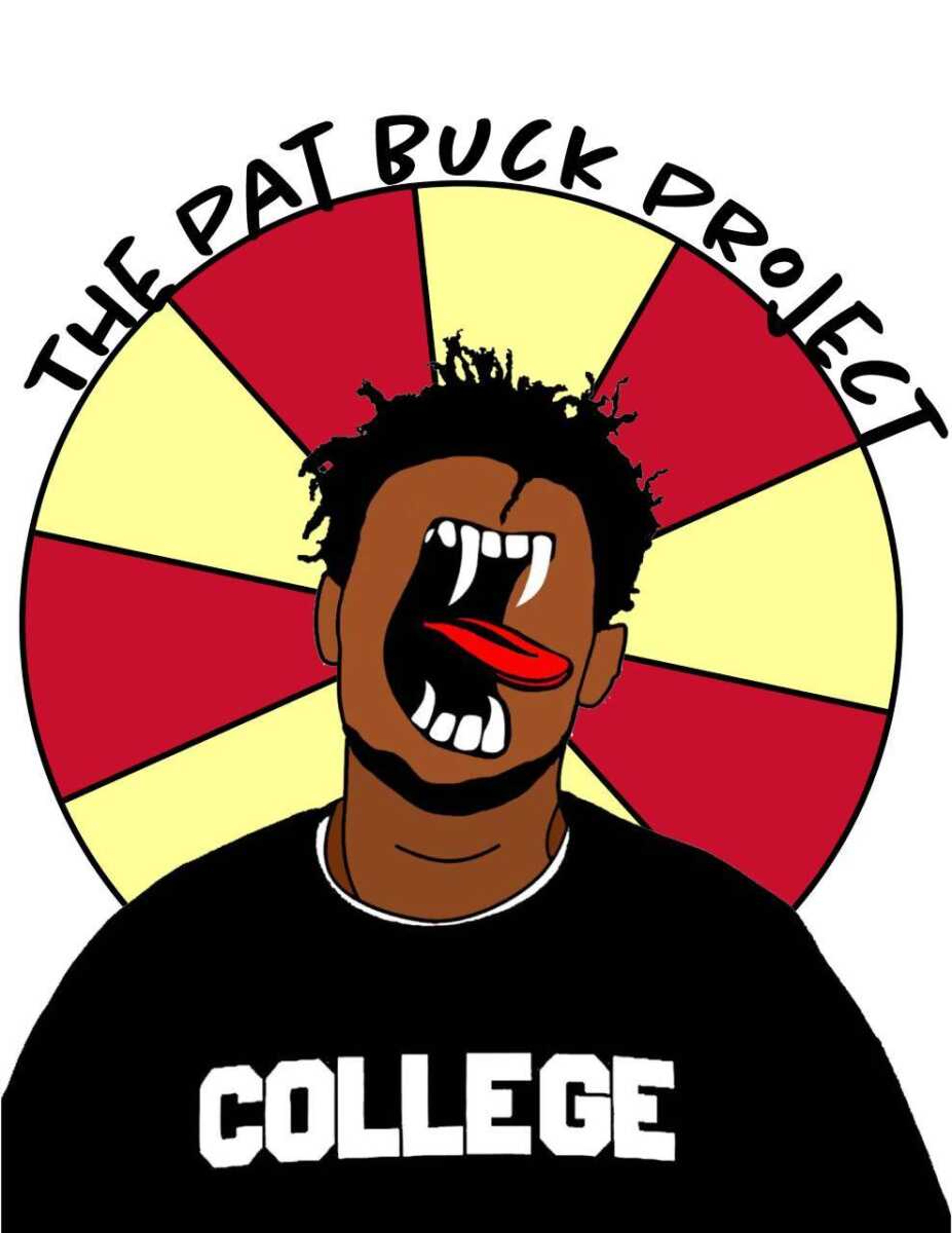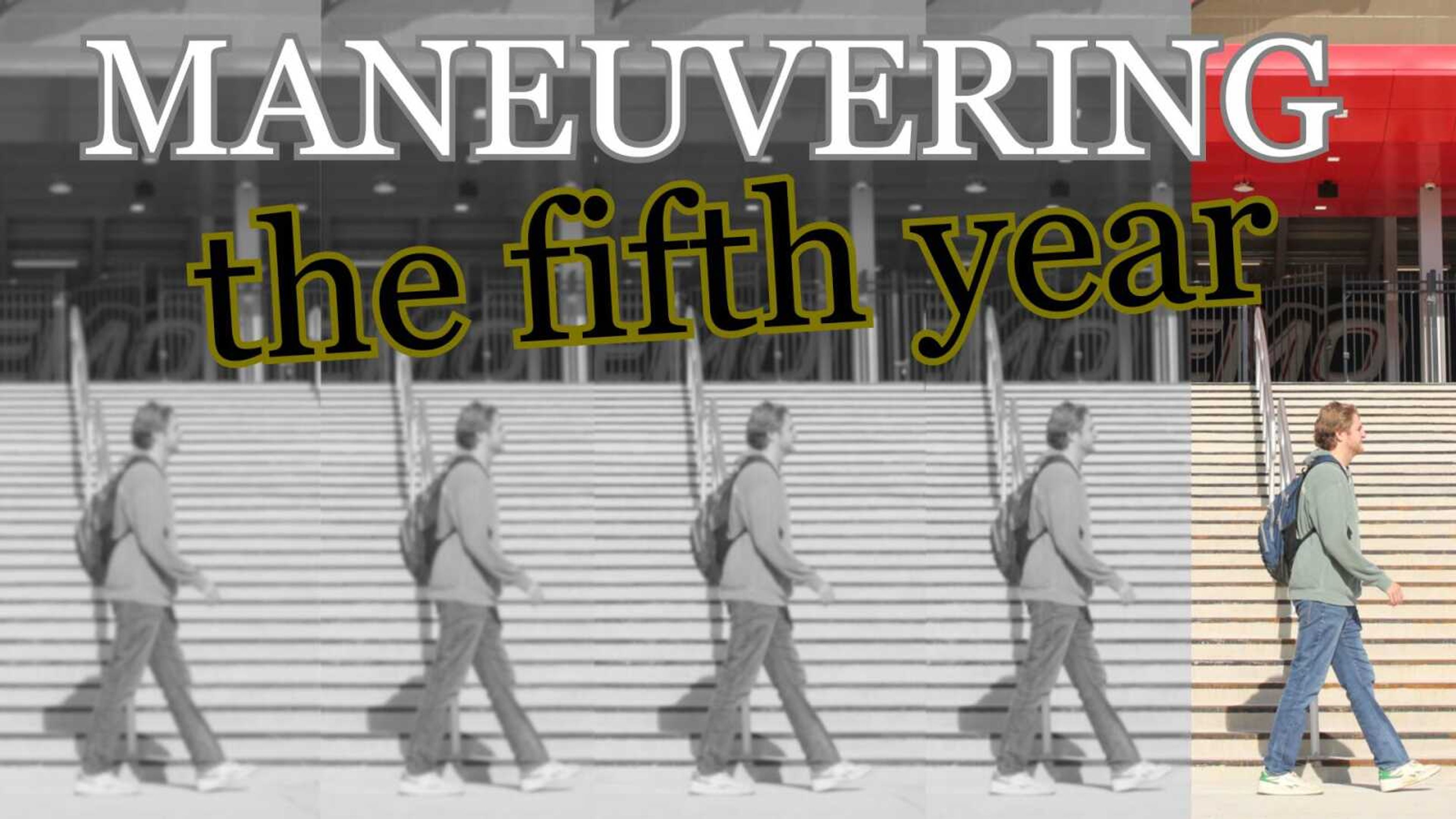Mac Miller reminds us: ‘Memento Mori’
There seems to be something some of us are missing as we lament the passing of yet another young artist, Mac Miller. As we look back at his legacy in very little detail, some of us tend to skim over the tremendous gains Miller made as an artist, producer, technician, and most importantly, as a person — forgetting the positive evolution of the artist tends to be the trend in the lives of young artists whose flames were prematurely extinguished...
There seems to be something some of us are missing as we lament the passing of yet another young artist, Mac Miller. As we look back at his legacy in very little detail, some of us tend to skim over the tremendous gains Miller made as an artist, producer, technician, and most importantly, as a person — forgetting the positive evolution of the artist tends to be the trend in the lives of young artists whose flames were prematurely extinguished.
The prevailing narrative goes: a young free spirit, often troubled by misdirection and inner turmoil, attempts to command change in his or her life and just before or nearly in the midst of that change — they are found lifeless, eternally comatose in their legacy. This trend holds true in the cases of other young talents, notably in rap music.
Though, in rap music, the trend typically comes at the hands of another human, the occurrence of lone overdose has been visible throughout the hip hop’s history. We’ve lost legends and innovators to the grip of addiction, and left their legacy to their fan bases, half-believing that they’ll protect and cherish it. Houston-based legend DJ Screw passed due to a heart attack caused by codeine overdose. A$AP Mob founder A$AP Yams died from an acute overdose of opiates and benzos. These two deaths shook rap music to its core, and the importance of their passing isn’t missed on any artist in the game. Mac Miller fits directly into this mold.
Mac Miller entered the rap game as a laughable, skinny, suburban wannabe who smoked too much. Despite his perceived drawbacks, the rap world quickly found that his niche was in his lyrical deftness, and he was equipped with a bag of tricks that could rival any competitor that stepped in the arena — not that he’s known to have ever had open beef with anyone.
Despite the young man’s undeniable ability, he was quickly labeled a “frat rapper” by many, and shelved next to Asher Roth. But those who didn’t shelve him found him to be a skilled artist dedicated to the control of his own content. Mac Miller was invested in creating masterpieces taylor-made to fit his own desires and no to those of a label.
Mac’s unwavering allegiance to his lifestyle, hometown, beliefs, artistry and creative family throughout his life rubbed off on his fans, who in turn gave him a cult following. A large amount of his fans still know him as the Most Dope General. I am in fact one of those fans.
All through eighth grade I sat on the edge of my bed, an Xbox controller strewn across the sheets, watching his videos for “Blue Slide Park,” “K.I.D.S.,” and “Macadelic.” I burned his mixtapes onto CDs and downloaded them onto that same Xbox where they reside to this day. What I was unaware of at the same time, a tidal wave of teens and tweens lived that same experience.
My point is, Mac Miller had a serious following because of those videos and the fact that he was giving music away digitally. He stands with Chance the Rapper as one of the first of the new wave to gain popularity by giving away a lot of music, and selling a little. He was a local hero in his home town of Pittsburg, where he got his start rapping at the age of 15 years old, and selling mixtapes out of his trunk before signing to Rostrum Records in 2010. Rostrum Records president Benjy Grinberg remembered the young talent he signed to a burgeoning label in an interview with Billboard after news of his death broke:
“Mac was music. It dripped out of his pores. He was the most talented person I've ever met.”
The talent that Grinberg referred to wasn’t lost on any of Miller’s associates or collaborators, many of whom cite his mastery of the piano and other instruments as a sign of his genius. But it went even deeper than instruments. Mac went above and beyond to work on better understanding the science of music production and engineering. The results of that study began to show most potently in 2013 when he executive produced Vince Staples’ “Stolen Youth” mixtape under the pseudonym Larry Fisherman. The very next year, he was producing for SZA, Smoke DZA, Mike G, Riff Raff and Ab-Soul.
It could have been in the studio, but more likely just hanging out, where Mac Miller endeared himself to so many of the artists who publicly mourned the star’s passing. From J. Cole to Ugly God, and even DJ Jazzy Jeff, who produced a few cuts with the Pittsburgh native. Miller told Fader in February of this year he made it a point to respect everyone he came in contact with. His friendliness left a mark on all of his compatriots, and his legacy seems as though it will be reflective of this courtesy.
As his career progressed, Mac began to fall slightly out of the music business and the spotlight in general. Releasing at least one project every year from 2009 to 2016, taking a break in 2017 before dropping his final album, “Swimming,” in 2018 doesn’t seem like falling out of the business, but there was a time where Mac Miller only appeared for features and the occasional interview. The work ethic was undeniable, but something kept him from ever breaking into the top spot in that seven-year marathon: what really kept his talents so greatly ignored was that Mac was only interested in the art. He didn’t go out of his way to be involved in anything, he kept his nose to the grindstone and mastered his craft. That ethic is rarely awarded with acclaim, and especially not to the second official “frat rapper.” Due to that limited school of thought, Mac Miller became one of hip-hop’s most beloved bastards.
One of the talents that had everything he needed, but was greatly underrated because of something trivial.
After releasing a few albums that pushed expectations of his rhythmic ability, Mac Miller released “The Divine Feminine” in 2016, a journey through the effects of romantic feminine influence on the universe. What stood out about it was how meaningful and symphonic the album was. The sonic depth was something never before seen in Mac’s discography. “The Divine Feminine” made it clear Mac Miller was capable to completely invert his own soundscape at will.
Two years after “The Divine Feminine,” Mac Miller released what would be his final album. “Swimming” found the 26-year-old living in a world of doubt and pain, but trying his best to find his way out. Throughout the tapestry a young wounded man vocalized mental breaks and trauma from heartbreak in ways his fans and critics never expected. In the video for his song “Self Care,” from “Swimming,” we see a surreal cinematic of Mac, buried alive and carving into his coffin lid, “Memento Mori.” which is Latin for “Remember (that you have) to die.” The album hit No.1 on Apple Music charts Sept, 9, two days after his passing.
As is the case with many of the young artists who relinquish life the way that most celestial stars do — burning out— we will appreciate Mac Miller more now that he has passed. We might celebrate the end of his pain, and some of us will use this as fuel for our cause (be it safer drug use or mental health resolve). No matter what we do to cope with losing one of the most undeservingly unappreciated artists of our traveling generation, in coping we must remember how important it is to cope properly. Speaking with only your best in mind, I beg of you, take the proper steps to grieve in a healthy way. Mac Miller admitted his torment to some fellow rappers, and even spoke openly about his mental illness in interviews. Tragically his life was stamped out by the same substance abuse that has stamped countless others, especially those under similar mental duress. J. Cole dedicated his show to Mac Miller the day he died, and it’s appropriate to recall the words reiterated on his “KOD” album. Cole simply says, “There are many ways to deal with this pain. Choose wisely.”







